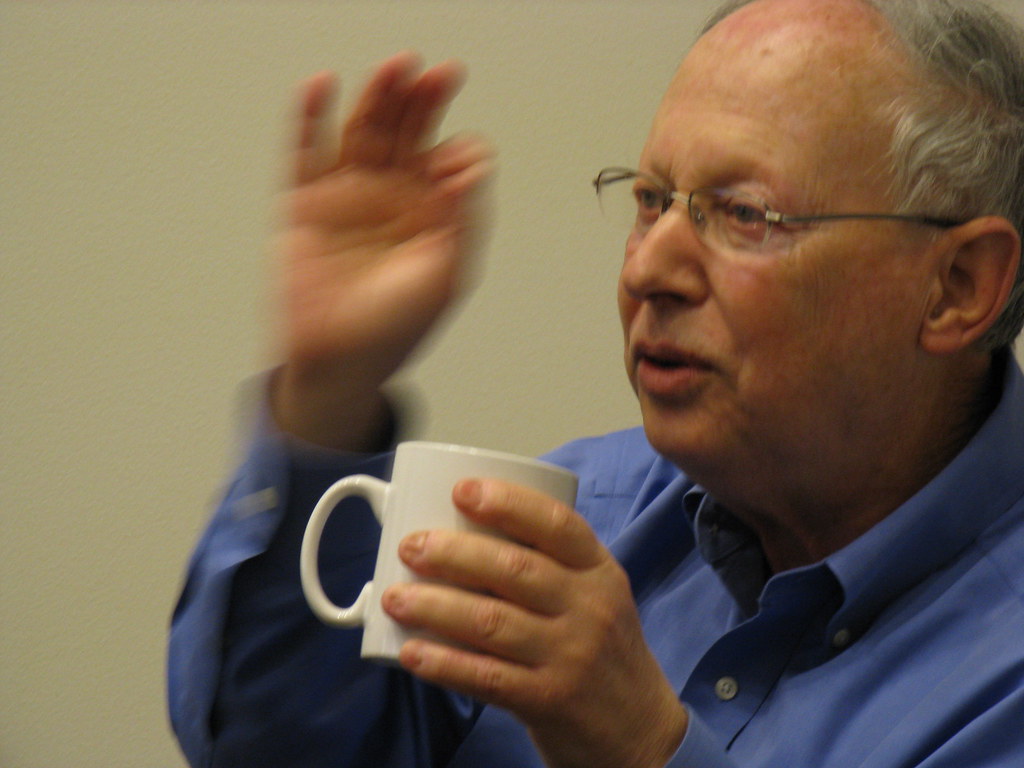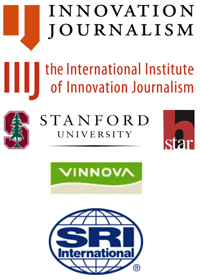
In a major shift in priorities, Hewlett Packard’s corporate laboratories will concentrate its effort into 20 to 30 big projects, instead of the roughly 150 smaller projects that it currently supports. The new strategy aims to get more products out of the research labs, and into customer’s hands, in less time.
Prith Banerjee, has been head of HP Labs, Hewlett Packard’s corporate research facility, since August 2008. On Thursday he announced a new direction for the Labs. HP Labs will reorganize into 23 new, independent labs, in seven locations around the world. At the same time, research will be concentrated far fewer projects than today.’
“We are going to refocuse our efforts into 20 to 30 big bets, instead of the 150 smaller ones we used to work on”, said Prith Banerjee.
The reason for the change of direction is simple: HP wants to be able to commercialize more of the work done at the Labs. And the company also wants to speed up the transfer of new technology from the Labs.
“It is the one who comes fastest with a new product to the market who wins,” said Mr. Banerjee.
As a way to speed up the tech-transfer process, the Lab is setting up a Technology Transfer Offfice. It will be responsible both for bringing product development from the Labs into HP’s business units, and for licensing agreements with other companies.
In the future, technology transfer at HP is also going to mean people transfer. The researchers behind a new technology will be put in a group with the business units engineers, working together to get it turned into new products fast. According to the company’s management, the reorganization is not a cost-cutting measure.
“This is one of the few places in the world where the R in R&D is still left. We got a great team in the Labs, a great leader in Prith,” said Mark Hurd, Hewlett Packard’s CEO.
The new direction doesn’t mean the end of all blue sky research at the labs. Quite the opposite. Said Mr. Banerjee, “We are allocating one third to basic exploratory work, which is more than we did before.”
Other measures taken by HP include a new practice of inviting venture capitalists to become entrepreneurs-in-residence at the Labs. This will give the venture firms and their portfolio companies easier access to the Labs’ work. The first to participate is Foundation Capital, a VC firm based in Menlo Park.
In a world where many large companies are ending centralized research altoghether, HP is trying to find a way to keep alive the traditon, but give it new relevance. There is one potential downside, though. When you bet on fewer, bigger projects you might ditch the wrong project. Banerjee’s “solution” is to form an internal review board, with people both from the research and business sides of the company, to evaluate all yes-or-no decisions on projects.
Thursday, March 6, 2008
New Strategy for HP Labs: Placing Fewer, Bigger Bets
Vint Cerf Says

"It's good for innovation to let everyone be a part of it. The point is that you want everyone's contribution to count."
"New innovations do not happen unless someone is discontent. I found that out in high school... but I wasn't an unhappy high school student."
"Internet was meant to carry pieces of data from one place to another. End of story."
"There is no reason for news media to die, except for one thing: the business models are to tied up to the delivery models. That has to change"
"If it doesn't work, it doesn't work. If we're not failing from time to time, we're not pushing the envelope enough.""Always look for innovations where there is an unsustainable system. By 2050, the oil tankers of today will be the water tankers of tomorrow."
"I am a 19th century man living in the 21st century"
Vint Cerf on Wikipedia
How To Succeed With Innovation

Have courage and a willingness to take risks, but don't over-analyze: that is what the former driving force Applied Materials chief, Dan Maydan, sees as the foundation for a successful innovator. According to Maydan, one should not go too deep into technology, otherwise you will end up dismissing every idea with the argument that it has been done before.
This may seem surprising, considering that remarkable inventions have been a part of his daily life even before he moved to Silicon Valley from Israel in 1967. Dr. Maydan also has a place in Silicon Valley's Engineering Hall of Fame. But he is no purist. He believes that innovation has a commercial component, and in that sense many of the great scientists, not even Einstein, can not be labeled as innovation. To succeed, an innovation must be commercially successful.
Dr. Dan Maydan studied engineering at the Israel Institute of Technology and holds a Ph.D. in Physics from Edinburgh University of Scotland.
Dr. Maydan's most important work was done at the Bell Labs and later at Applied Materials, where he had a pivotal role in developing specialized equipment for the semiconductor industry. These include manufacturing systems for the world's most advanced integrated circuits. At the Smithsonian Institution in Washington D.C. one can admire the Precision 5000, Applied Materials' groundbreaking tool developed under the leadership of Dr. Maydan. Today the tool is considered to be one of the technologies that is a part of chip history and thereby has helped shape society in many ways.
Dr. Maydan was a member of the board of Applied Materials between 1992 and 2003, and the president from 1994 and onwards. He says he is an admirer of, among other companies, Apple, Google and Johnson & Johnson.
When looking at the chip industry, he says that the days of great invention are past us and are mainly about reducing power consumption.
“Semiconductors are no longer a world of technology, but a world of manufacturing," says Dr. Maydan. "The development is very slow, the semiconductor is mature now.”
Instead, he seems more excited about the biotech industry, and how the human brain will be put into more work, tuned into a different logic.
Venture Communists and Interplanetary Internet
But aren't Chinese people too subdued? "That might have been true 40 years ago, and even 20 years ago," Cerf says. " But definitely not 2008." The key is discontent. That is what Vint Cerf calls the major force of innovation - and Chinese people have got it. "They are no longer happy to stay where they are." Cerf says. "They want to improve their standard of living, and they are willing to work for it." " China is showing serous signs of innovating on their own," he adds. " And with the large-scale industry they are now in power to dictate what the standards should be." His words weigh a lot. The guy is after all known as one of the fathers of the internet. Presently the vice president and "Chief Internet Evangelist" of Google he is still in the midst of innovation. So what is he up to now? "Interplanetary internet" he says. It's true. Google it.
" Venture communists" - that's what Vint Cerf calls the Chinese entrepreneurs. Unlike Dan Maydan, who took the flor of the Innovationbeat newsroom yesterday, Cerf is certain that China is going to be able to replicate the success of Silicon Valley.

